Mystery deepens over Iran's missing uranium after US-Israel airstrikes
Despite massive airstrikes, no trace of Iran's 60% enriched uranium has been found, says Kamran Khan
News Desk
The News Desk provides timely and factual coverage of national and international events, with an emphasis on accuracy and clarity.
A dozen days after the ceasefire that ended the Iran-Israel conflict, global intelligence agencies and nuclear watchdogs are still asking the same question: What happened to Iran’s 409 kilograms of enriched uranium?
The war reached its climax with a barrage of U.S. “bunker buster” strikes on Iran’s key nuclear sites—Fordow, Natanz and Isfahan—delivered by B-2 bombers under the code name “Operation Midnight Hammer.” The Pentagon claims the attacks crippled Tehran’s atomic infrastructure.
But no signs of radioactive fallout were recorded. No satellite imagery shows aftermath consistent with the destruction of highly enriched material. And no seismic activity was detected—something experts say would be expected if uranium facilities had been obliterated.
Adding to the puzzle, Kamran Khan said in a vlog, the International Atomic Energy Agency (IAEA) said it had confirmed Iran possessed 409 kilograms of uranium enriched up to 60% as of May 2025—enough to fuel at least 10 nuclear bombs. The uranium was last tracked at a research center in Isfahan.
By June 13, just before the Israeli air campaign began, the IAEA reported it had lost all trace of the uranium stockpile. Satellite images showed truck convoys moving in and out of the sites days before the attacks. U.S. officials now believe Iran may have relocated the material.
IAEA chief Rafael Grossi said in a CBS interview that “some uranium may have been moved or destroyed,” but admitted the agency remains in the dark.
Iranian Foreign Minister Abbas Araghchi later confirmed in a letter to Grossi that Tehran had transferred the uranium to a secure, undisclosed location prior to the airstrikes.
U.S. media outlets, including Bloomberg and The New York Times, have reported conflicting intelligence assessments. CNN quoted sources within the Defense Intelligence Agency (DIA) suggesting that the airstrikes failed to destroy Iran’s nuclear material.
President Donald Trump, who welcomed the ceasefire, claimed “Iran’s nuclear sites have been obliterated” and that Tehran “will not return to the nuclear path.” But that declaration has been met with skepticism.
Pete Hegseth, U.S. Defense Secretary, rejected reports of the uranium’s disappearance, calling them an attempt to “undermine President Trump’s success.” However, nuclear experts argue the uranium’s portability makes its disappearance plausible—16 scuba-sized cylinders weighing 25 kg each could be easily moved, even by hand.
British newspaper The Telegraph suggested the uranium might be hidden inside the caves of Mount Fars, a mountainous region in Iran where natural cover extends hundreds of meters underground—far beyond satellite surveillance capabilities.
Meanwhile, Iran has cut off cooperation with the IAEA. Tehran’s parliament passed a bill barring nuclear inspections without security guarantees, suspending access for the agency’s 274 inspectors.
Supreme Leader Ayatollah Ali Khamenei declared the war a “strategic failure” for the United States, insisting the strikes failed to halt Iran’s nuclear ambitions.
While Iran has not tested missile reentry vehicles or nuclear warheads—both essential for weaponization—analysts warn that Tehran could resume uranium enrichment if even a handful of centrifuges survived.
“If Iran retained even one secret facility, they could restart within weeks,” a senior Western official said on condition of anonymity.
Diplomatic efforts now hang in the balance. Experts warn that pressuring Iran further could backfire, urging the West to offer economic incentives and revive nuclear talks.
Kamran Khan said that “international diplomacy must act fast” to prevent Iran from exiting the Nuclear Non-Proliferation Treaty (NPT) and returning to full-scale enrichment.
“If the world fails to engage Iran constructively,” he warned, “the threat of another Middle East war will never go away.”


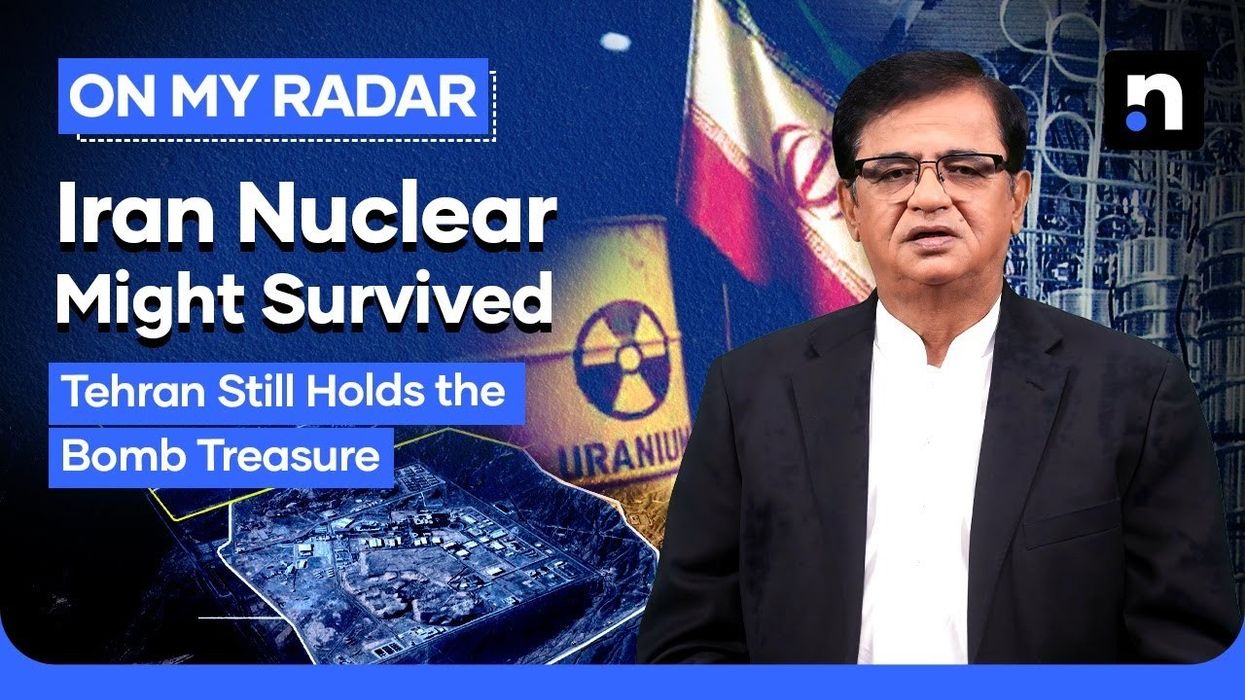

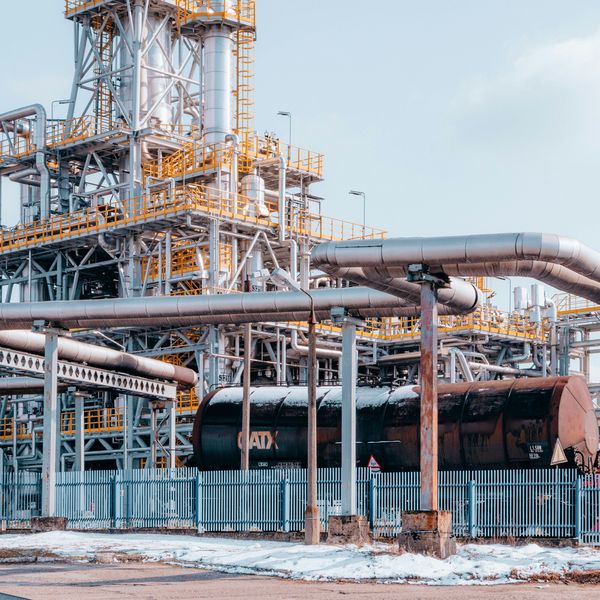

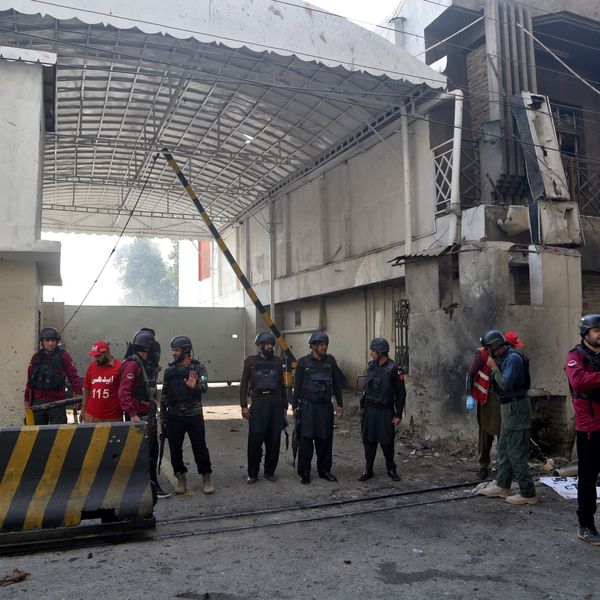
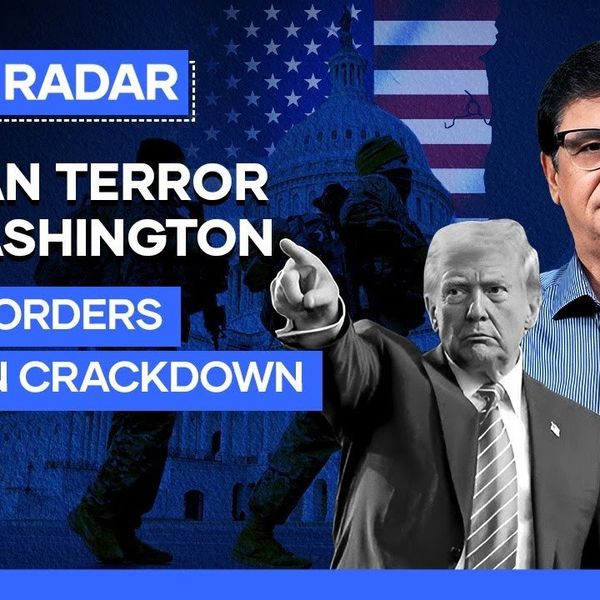

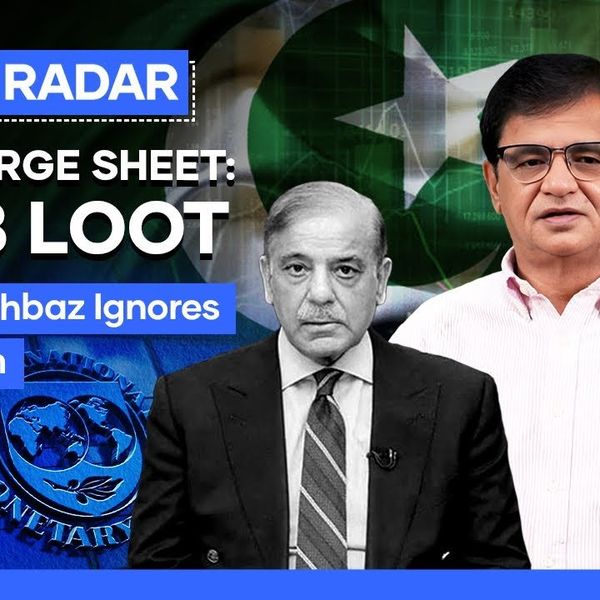

Comments
See what people are discussing